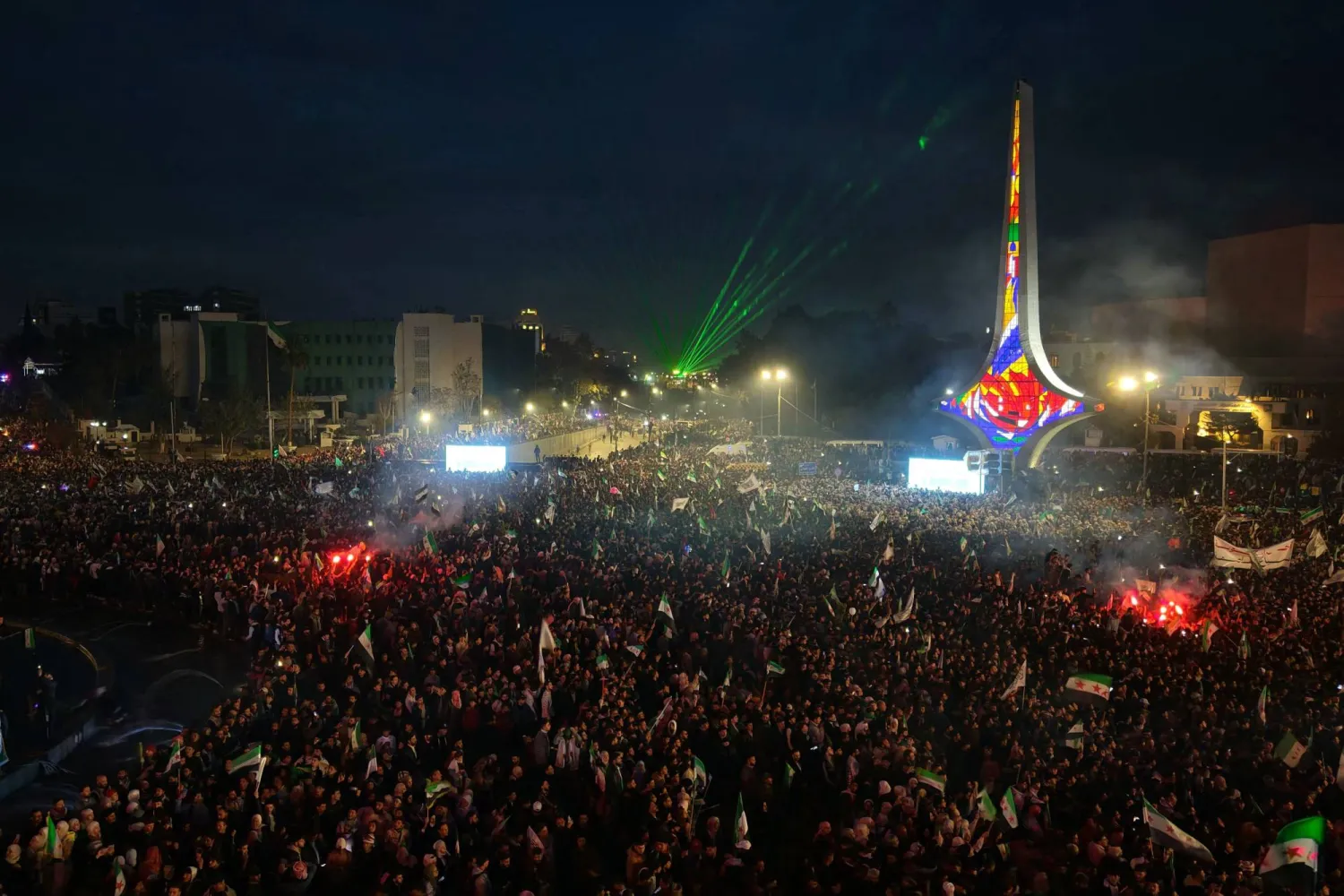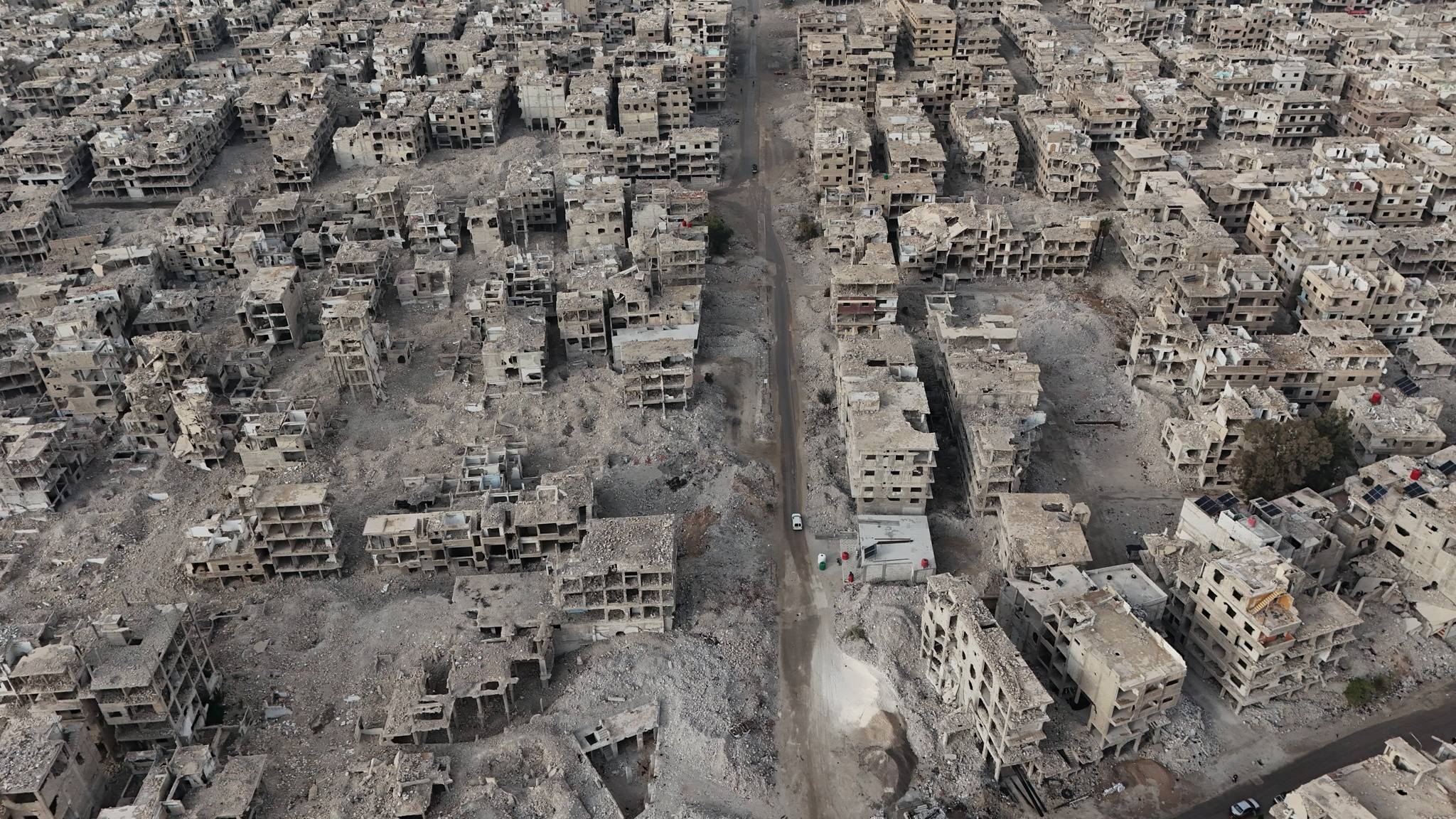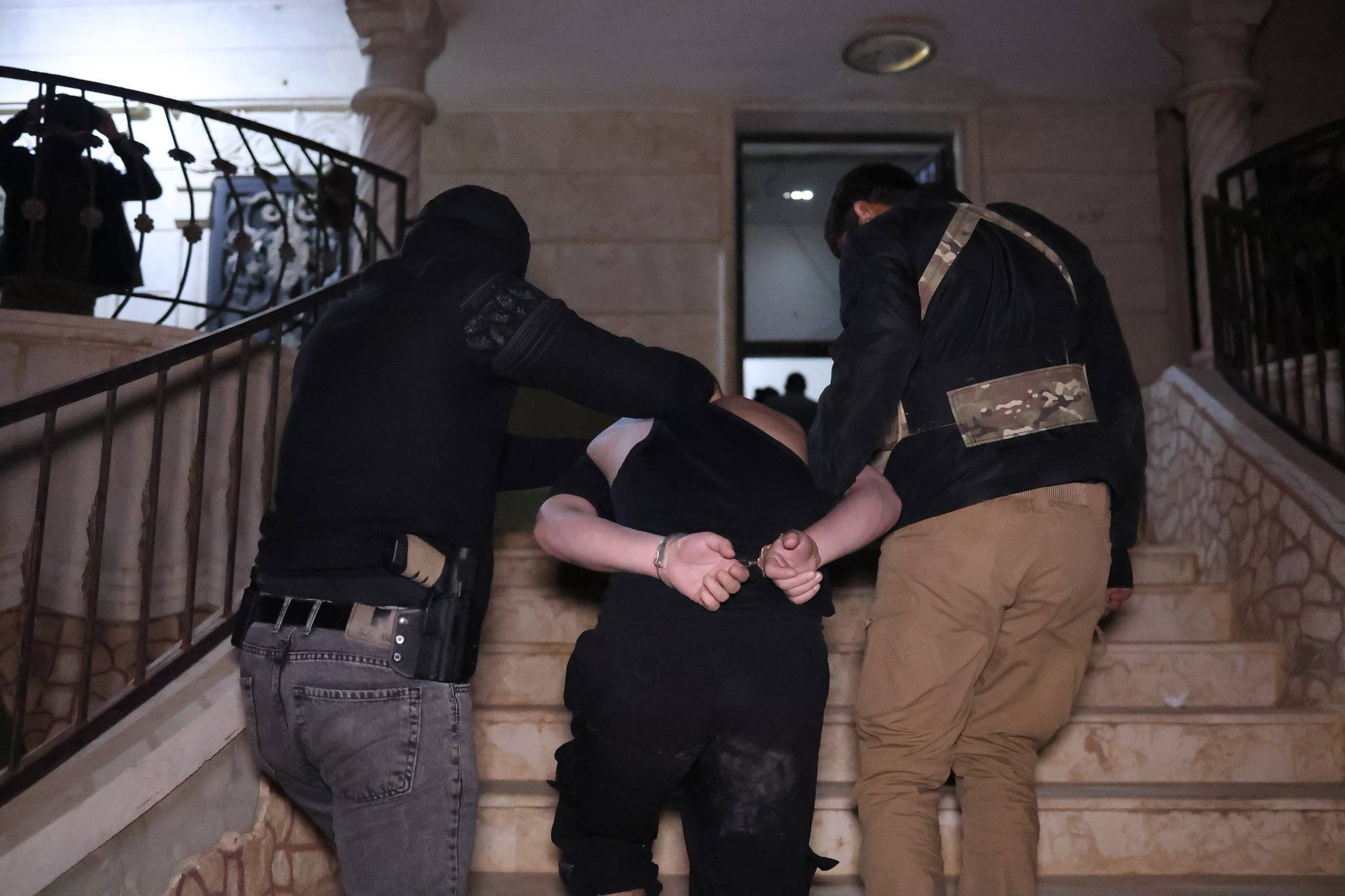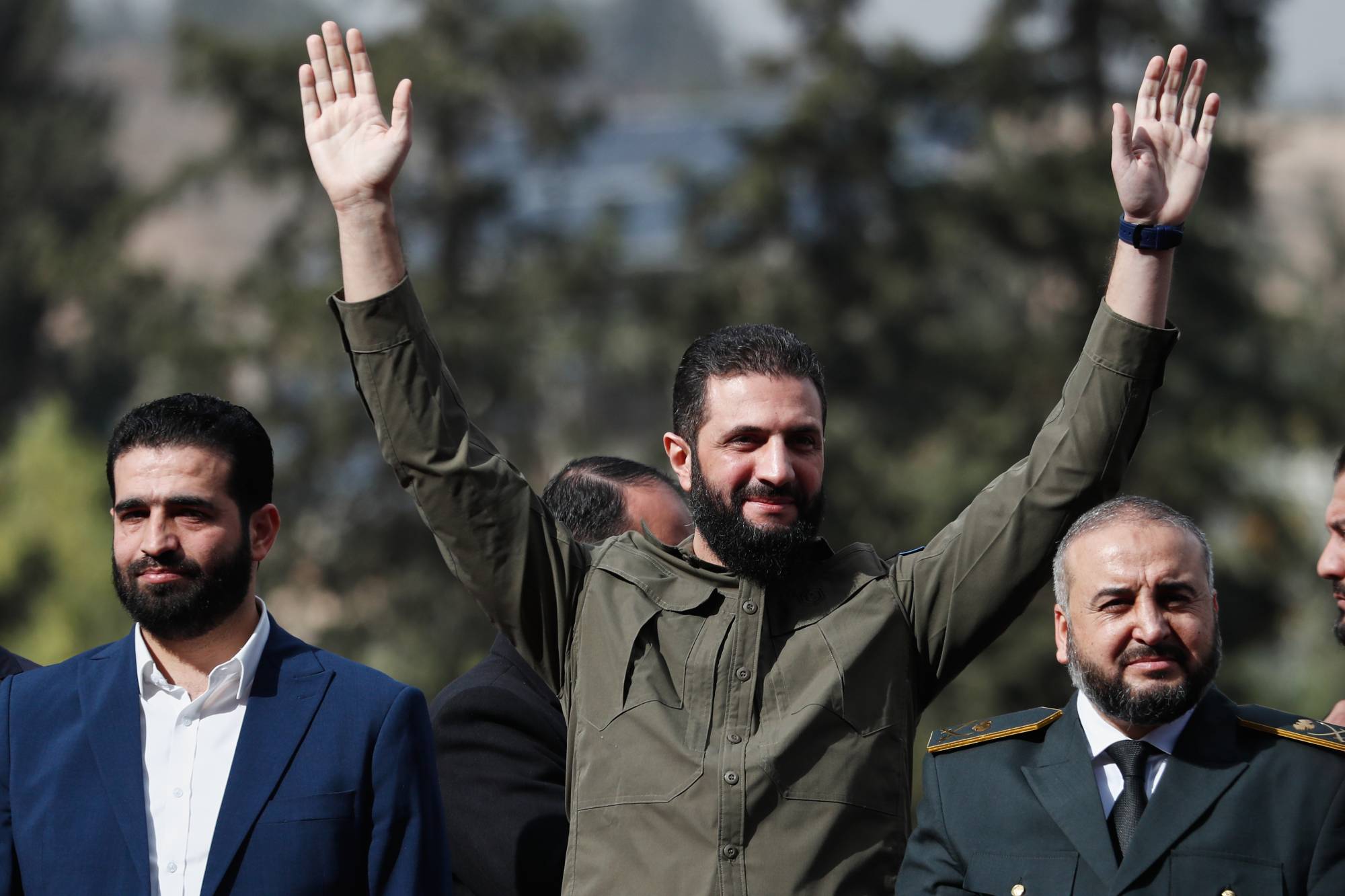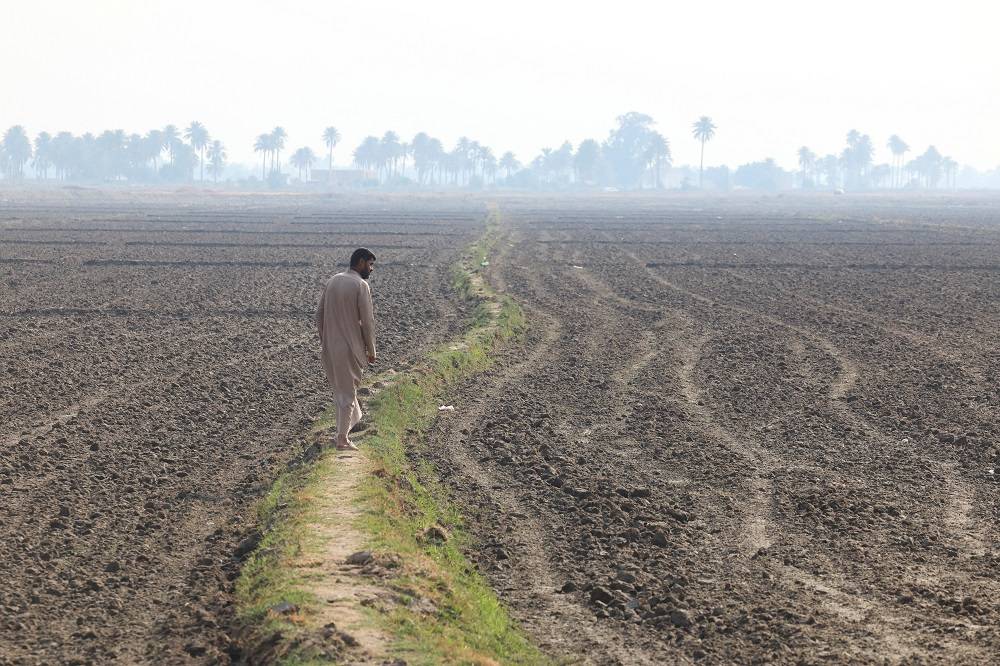Seven Arab countries are struggling with frequent power cuts. The reasons for the inability to meet local demand for electricity may vary from one country to the other, but the people and economies are suffering as a result. The power cuts take on a new dimension during the summer, with people languishing in soaring temperatures when they are unable to cool off with air conditioning.
The power cuts are most severe in Egypt, Iraq, Lebanon, Syria, Yemen, Sudan and Kuwait and people have resorted to renewable energy as an alternative, which ends up eating into their savings.
Egypt
Egypt’s electricity shortages have in recent months turned into a real crisis. The government has tried to ease the crisis by only cutting power by around two to three hours a day. When the crisis intensified, the Egyptian Electricity Holding Company introduced a schedule for the cuts so that the people may organize their daily affairs around them.
The government recently announced that it would implement a plan to address technical malfunctions as part of a pledge to resolve the electricity shortage.
Prime Minister Mustafa Madbouly had said power consumption had increased to new levels in 2024. Egypt uses around 37.5 megawatts per day, a 12 percent increase from 2023. He did not mention the impact of the construction of new cities on demand.
He said 3 to 4 megawatts were needed to plug the gap and meet daily needs. “They will be provided through new and renewable energy,” he revealed, saying Egypt was cooperating with the United Arab Emirates to that end.
Only 12 percent of power generated in Egypt comes from renewable energy.

Impact on crops
The power shortage is having an indirect impact on crops.
A soybean farmer spoke to Asharq Al-Awsat about a shortage in fertilizer for his crops that can be traced to the electricity crisis.
Fertilizer companies in Egypt were forced to stop operations due to the power cuts. The Misr Fertilizers Production Company (MOPCO) announced in July that it was halting operations at its three companies due to a lack of gas supplies.
The state electricity company was forced to use the gas, which would normally have been allotted to MOPCO and others, to operate its own power stations.
Other fertilizer companies have also suffered from the same problem.
Egypt is a major exporter of fertilizer, ranking sixth in the world.
The drop in production has led to the emergence of a black market where the product is sold at exploitative prices. Farmers are forced to turn to the black market, even while incurring losses, just so their crops don’t go to waste.
The rise in the cost of fertilizer has also led to a hike in prices of food, which in turn feeds inflation, which is a global problem.

Darkness in Beirut
In Lebanon, frequent power cuts, which can last a whole 24 hours, have affected all aspects of life, including education.
One citizen, Hanadi al-Hajj, complained to Asharq Al-Awsat about how the power cuts meant children studying online were unable to use their computers because they had no electricity.
She said: “The power cuts forced us to install solar panels.” She added, however, that she can’t rely on the panels during the winter because of a lack of sunlight, so she also has to turn to electricity provided by private generators, which is eating away at her savings.
At the beginning of the year, the state power company, Electricite du Liban, was able to provide around six to ten hours of electricity per day depending on the region, an increase from one to two hours previously.
Boiling temperatures in Iraq
On July 14, protests broke out in the Iraqi province of al-Diwaniyah over the “complete lack of electricity” even as the temperatures soared to boiling, said Ahmed Hussein, who took part in the rallies.
Hussein, a blacksmith, told Asharq Al-Awsat that his work relies on electricity. “A job, which would normally take three hours of work, can now take three days or more” because of the power cuts, he explained, saying his income is suffering as a result.
“How can a person live without electricity in a country where temperatures reach boiling degrees. I come from the country of oil. How is possible that we are suffering like this?” he asked incredulously.
Oil- and gas- rich Iraq produces 26,000 megawatts of electricity, while it needs 35,000 to meet local demand.
The irony is that Lebanon relies on fuel from Iraq to address its electricity problem, while Iraq itself can’t fix its own crisis.
The power cuts are attributed to deteriorating infrastructure at electricity plants and a shortage in fuel.
Iraq boasts four times the gas reserves as Egypt, but it produces no more than a tenth of what Egypt does. So, it relies on gas imports from Iran to plug demand.
GDP and electricity
In Yemen, power cuts can last around 12 hours a day, 10 in Iraq, 10 to 14 in Sudan, 12 to 20 in Lebanon, 10 to 20 in Syria, three in Egypt and two to three in Kuwait.
Electricity is the main mover of growth and a significant element in production. Yemeni economic expert Mustafa Nasr noted that Arab countries suffering from power cuts, have also witnessed a drop in their GDP.
“Electricity really is part of national security,” he told Asharq Al-Awsat.
He explained how a three-hour power cut in Egypt leads to a halt in industrial and electronic services, meaning the economy is losing around 90 hours of production a month. Prolonged shortages throughout a year could total over 1,000 hours, or around 45 days of the year.
This means the economy had come to a halt for 45 days, on top of the country’s national holidays, which in Egypt amount to 22.
Egypt’s GDP in 2023 reached around 396 billion dollars, Iraq 251 billion, Kuwait 162 billion and Yemen 21 billion in 2018, which is the latest figure from the World Bank.

Temperature and electricity
Ahmed al-Sayyed, an economics and finance professor, said the recent electricity problems can also be attributed to rising temperatures.
In remarks to Asharq Al-Awsat, he said studies have shown that 2024 will likely be the hottest on record.
The infrastructure and production capacity differs from country to country and how they are impacted by rising temperatures, he added.
The Copernicus Climate Change Service (C3S) seasonal forecast service showed that July 22, 2024, was the hottest day ever recorded so far.
Temperatures soared to new highs in cities in Japan, Indonesia and China in August, while countries in the Arab Gulf and other Arab countries boiled in heat that reached over 60 degrees. Cities in Europe also simmered at 45 degrees and sometimes more.
Along with rising temperatures, director of economic research at an Arab center, Mohammed Youssef said resolving power cuts must be approached from three angles.
The first lies in ability, like chronic inability to produce enough power to meet demand. The second lies in the weakness of networks that is preventing the electricity from reaching certain regions. The third lies in regulating production in areas receiving power, he told Asharq Al-Awsat from Abu Dhabi.
Hafez Salmawy, energy sector aide to several Arab countries, said the electricity crisis in Egypt lies in a lack of fuel, which in turn was caused by a shortage in dollars. Once foreign currency is available, the problem will be solved. The same applies to Kuwait.
Syria and Yemen, however, face a different, much more difficult situation because of the damage to the electricity network and impact of sanctions on the economy. The problems there are therefore political, he explained.
Oil-rich Libya is also suffering from political problems that are preventing it from solving its power problems. Iraq, which has the finances, is suffering from run down networks and a low production capacity.

Same solutions
Despite the different reasons for the power cuts in each country, the crises all fall under energy security because they are affecting the people and threatening overall economies.
Ali al-Rumyan, an international energy expert, said energy security for any country means a stable energy sector that allows for sustainable investments and long-term plans. This means providing the necessary resources and allowing power to reach everyone, whether this power is electric, solar, gas, solar, wind or hydrogenic.
Arab and Gulf countries must focus more on providing energy security, especially given climate change and rising global temperatures, he urged.
Solutions to the power crises lie in establishing a strategic reserve of fuel to buy the product when prices drop, said Salmawy. Energy sector debts must also be paid to encourage investment.
Renewable energy must also be incorporated more into the local energy mix, he added.
Sayyed suggested drafting plans for the early detection of crises, which aren’t difficult to come up with given data on climate change.
Dargham Mohammed Ali, an economic expert from Iraq, said renewable energy, especially solar energy, should be seen as an effective solution in Arab countries given their climate.
Mohammed Youssef, the economic expert, said Yemen should forge international partnerships that would provide it with grants and aid to its electricity sector. It can also benefit from technical and financial support from the World Bank.
Networks must also be extended to reach all rural and urban residential areas, he added.






